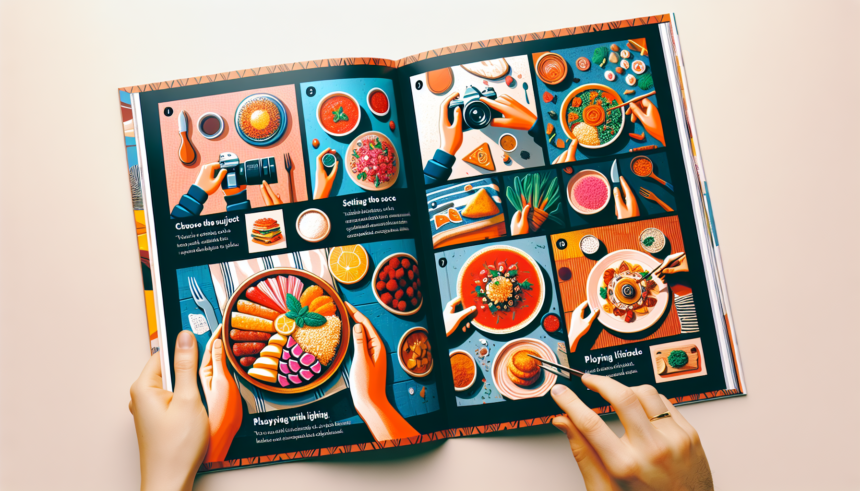Capturing Flavor: A Guide to Food and Cuisine Photography Abroad
Traveling offers an exquisite chance to dive into the world’s plethora of flavors, textures, and colors that define local cuisines. For photographers, this presents an exciting opportunity to capture the essence of a culture through its food. Whether you are a professional food photographer venturing into new territories or an avid traveler aiming to document your culinary journey, understanding the nuances of food and cuisine photography abroad can elevate your images from mere snapshots to storytelling masterpieces. In this guide, we’ll explore key strategies and tips to help you capture the essence and flavor of international foods effectively.
Understanding the Cultural Context
Before even taking out your camera, it’s essential to understand the cultural significance of the food in the region you are visiting. Food is a reflection of culture, tradition, and history, and capturing its essence goes beyond the plate. Research the dishes that are emblematic of the region, their ingredients, how they are prepared, and any associated cultural practices or ceremonies. This knowledge will not only guide you in finding the most authentic dishes but also help you convey the story behind the food in your photographs.
Getting the Lighting Right
Natural light is your best friend when it comes to food photography. Whenever possible, opt for outdoor markets, street food stalls, or restaurants with ample natural light. Early morning and late afternoon offer the softest light, ideal for highlighting the textures and colors of food. However, in indoor or low-light situations, a portable reflector can help bounce light onto your subject, reducing harsh shadows and illuminating details.
Composition and Styling
Composition is key in food photography. Take time to arrange your food in a way that is both appealing and tells a story. Incorporating elements of the local dining culture, such as traditional tableware or utensils, can add authenticity and context to your images. Experiment with different angles—top-down shots are great for showcasing the overall dish, while close-up or side shots can highlight textures and ingredients. Remember, the goal is to make the viewer smell, taste, and feel the food through your photograph.
Engage with Locals
One of the best ways to capture the essence of foreign cuisine is by connecting with locals. Visit local markets and talk to vendors about their products. If possible, participate in cooking classes or meals in locals’ homes to gain a deeper understanding of the cuisine and its preparation. These experiences not only provide fantastic photographic opportunities but also enrich your cultural understanding and appreciation of the food.
Respect the Culture
While photographing food abroad, it’s crucial to maintain respect for the local culture and traditions. Always ask for permission before taking photos, especially in more intimate settings like markets or someone’s home. Be mindful of local customs and sensitive to people’s privacy. Your respect and openness will often be reciprocated, resulting in more authentic and meaningful photographs.
Editing and Post-Processing
Post-processing is an integral part of food photography, allowing you to refine your images and enhance their appeal. However, when editing photos of food, especially those taken abroad, it’s important to keep adjustments realistic and faithful to the original scene. Over-saturating colors or applying heavy filters can make the food look artificial and unappetizing. Aim for a natural look that accurately represents the vibrant colors and textures of the dish while preserving the authenticity of the moment captured.
Food and cuisine photography abroad is not just about capturing what’s on the plate; it’s about telling the story of a culture through its culinary traditions and practices. By understanding the cultural context, paying attention to lighting, composition, and styling, engaging with locals, respecting the culture, and carefully editing your photos, you can create images that do more than just depict food—they bring viewers into the heart of a region’s cultural identity.






